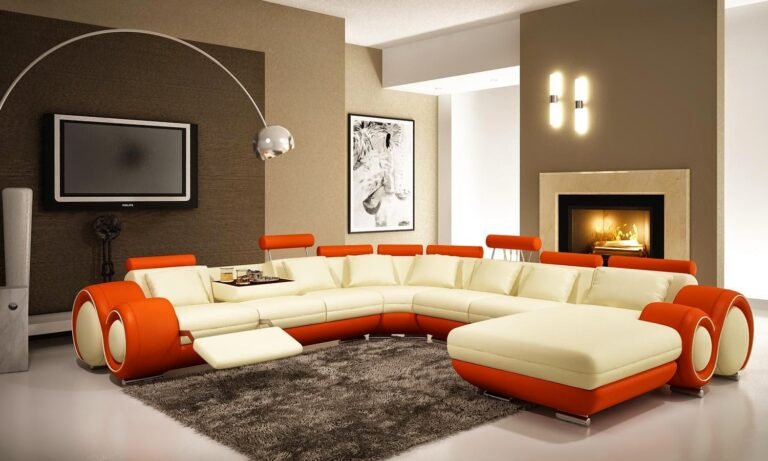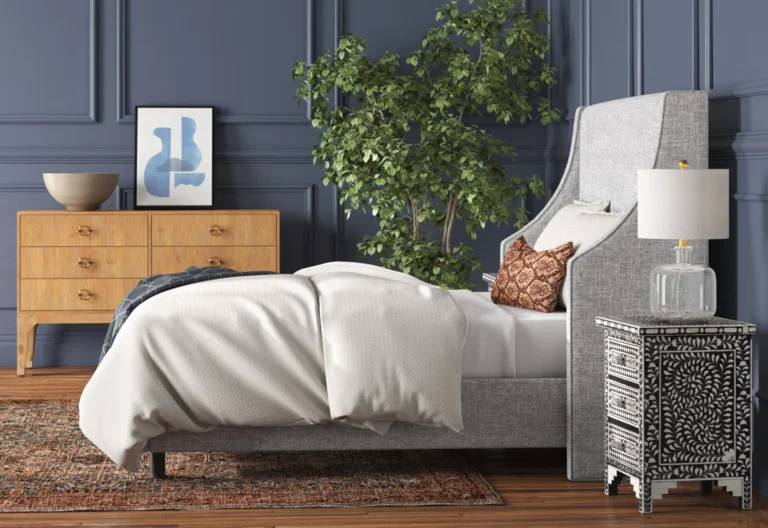
How to Choose the Right Furniture for Your Home
Choosing the right furniture can completely transform your living space. The right pieces improve comfort, style, and functionality while reflecting your personality. Many homeowners struggle with selecting furniture that fits both their space and lifestyle. By following a few practical steps, you can make informed decisions that enhance your home’s look and feel.
Consider Your Space and Layout
Before buying any furniture, evaluate your space carefully. Measure each room to understand how much area you have for different pieces. Consider doorways, windows, and walking paths to avoid overcrowding. Use a floor plan or online room planner to visualize the arrangement. By planning ahead, you prevent buying furniture that feels too big or too small for your space.
Determine Your Style
Furniture comes in a variety of styles, from modern minimalism to traditional elegance. Identify the style that best reflects your personality and complements your home’s decor. You can mix styles, but consistency matters to create a cohesive look. For instance, pair a modern sofa with contemporary lighting and minimalistic accessories to maintain harmony.
Focus on Functionality
Furniture should serve a purpose in addition to looking good. Consider how you use each room. In a living room, prioritize comfortable seating and practical coffee tables. In the bedroom, ensure your bed offers support and storage options if needed. Multi-functional furniture, such as a sofa bed or storage ottoman, can maximize space and convenience, especially in smaller homes.
Choose the Right Materials
Materials affect both appearance and durability. Solid wood offers strength and longevity, while metal and glass can add a modern touch. Fabrics should be comfortable, easy to clean, and resistant to wear, particularly if you have children or pets. Leather and high-quality synthetics offer durability, while natural fabrics like cotton or linen create a soft, cozy feel.
Consider Color and Patterns
Colors influence the mood of a room. Neutral tones create a calm and versatile base, while bold colors add personality and energy. Patterns can enhance visual interest, but avoid overly busy designs that clash with other elements. When selecting furniture colors, consider the overall color palette of the room to ensure harmony.
Prioritize Comfort
Comfort is key when choosing furniture, especially for seating and beds. Test sofas, chairs, and mattresses before buying. Sit, lie down, and move around to ensure the furniture supports your body properly. Ergonomic designs improve posture and make daily use more enjoyable. Comfort should never be sacrificed for style alone.
Set a Budget
Furniture can range from affordable to luxury prices. Determine your budget before shopping to narrow down your options. Consider quality over quantity, as durable pieces last longer and save money in the long run. Investing in essential items like a good sofa or bed is wiser than buying multiple cheaper pieces that wear out quickly.

Personalize Your Choices
Finally, select furniture that reflects your lifestyle and personality. Add personal touches through cushions, throws, and accessories. Customizable furniture options allow you to choose colors, fabrics, and configurations that suit your needs. Personalization ensures your home feels uniquely yours while maintaining functionality and style.
Conclusion
Choosing the right furniture requires careful planning, attention to style, and focus on functionality. By considering your space, style preferences, materials, comfort, and budget, you can select pieces that elevate your home. Thoughtful choices create a living space that is beautiful, practical, and comfortable for everyday life.







